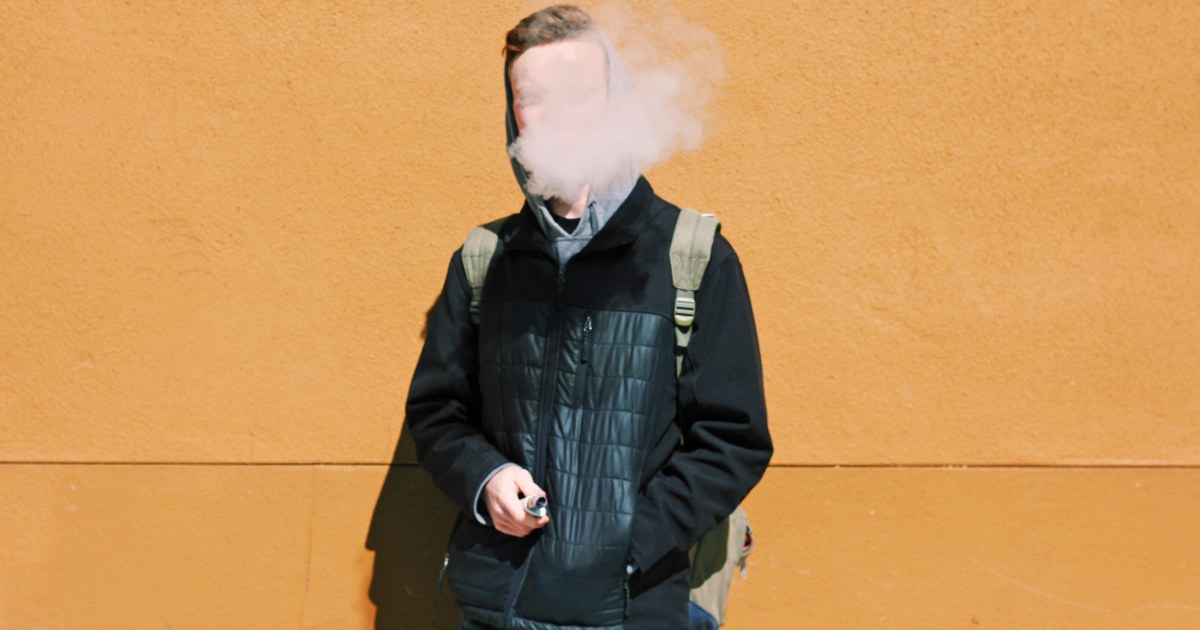
As vaping’s popularity endures, a report issued by the surgeon general’s office Tuesday shows that LGBTQ Americans are among those helping to keep smoke shops in business. The surgeon general’s 837-page report on tobacco use found that 37.8% of gay, lesbian and bisexual U.
S. adults have tried electronic cigarettes, compared with just 16.5% of their straight counterparts.
Electronic cigarettes, also known as e-cigarettes, include e-cigars, e-pipes, e-hookahs, vaping pens and hookah pens. When broken down further, the data, collected from 2019 to 2021, found nearly half of bisexual adults have tried e-cigarettes, compared with 31.8% of gay men and 26.
7% of lesbians. The authors noted that figures on transgender Americans’ tobacco use were not widely available for analysis in all areas of the report. The report found similar disparities exist among the nation’s youths and young adults: Over 42% of young adults and 56% of high school students who identify as gay, lesbian or bisexual reported trying e-cigarettes, compared with 30.
3% and 49.8% of their straight counterparts. “Tobacco use is a singular health threat to LGBTQAI+ communities,” said Kristy Marynak, a senior science adviser at the Centers for Disease Control and Prevention and a co-editor of the report.
“This report finds that nearly 1 in 5 of all deaths in the United States are caused by tobacco, and it shines a light on the disproportionate burden borne by certain communities, including LGBTQAI+ communities.” Marynak noted that the study — and the federal government more broadly — considers products containing nicotine, including e-cigarettes, to be tobacco products. The exceptions, she said, are therapeutic products, like nicotine gum and patches.
Long-term research on the health outcomes of e-cigarettes is not available because the products are relatively new. However, there is clear scientific consensus concerning the adverse effects of some of the chemicals commonly found in e-cigarettes. E-cigarettes produce a number of dangerous chemicals — including acetaldehyde, acrolein and formaldehyde — that can cause lung and heart disease, according to the American Lung Association .
Nicotine is also commonly found in e-cigarettes. Not only is nicotine addictive and likely to fuel anxiety or depression, it also can harm brain development, which occurs until age 25, according to the CDC . Dr.
Scott Hadland, the chief of adolescent and young adult medicine at Mass General for Children and Harvard Medical School, said he’s observed greater e-cigarette use among gay, lesbian and bisexual youths. He said that LGBTQ people use tobacco products at higher rates largely because of “long-standing stigma” within health care settings. “LGBTQ+ people might be afraid to present for care to help support their quit attempts,” Hadland said.
“They might be afraid to talk to their doctor about it because they’re afraid to go to the doctor in general.” LGBTQ adults are twice as likely as their non-LGBTQ counterparts to report having had negative health care experiences over the last three years, according to a report published this year by KFF , a health care research nonprofit formerly known as the Kaiser Family Foundation. Hadland also attributed higher e-cigarette use among LGBTQ Americans to marketing tactics, as is noted in the report.
Tobacco companies marketed directly to the LGBTQ community in the mid-1990s, including through “Project Scum,” which advertised Camel and Red Kamel cigarettes to “consumer subcultures” in San Francisco, according to the study. Today, tobacco companies advertise in queer magazines and donate to organizations focused on promoting LGBTQ rights and Pride events, the report noted. In 1964, the surgeon general’s office released its first report on the hazards of smoking and has since then dedicated vast resources to combat cigarette use.
The new report shows that those efforts have largely been successful, as only 11.5% of U.S.
adults reported being cigarette smokers in 2021, compared with 42.4% in 1965. Still, 36 million U.
S. adults and 760,000 middle and high school students smoke tobacco products, according to the report. Since 2014, the most commonly used tobacco product among U.
S. youths and young adults is e-cigarettes. “These and other noncombustible tobacco products such as nicotine pouches have the potential to undermine overall progress in preventing and reducing young people’s use of tobacco products,” the authors stated.
In June, the Justice Department and Food and Drug Administration announced they will create a federal multiagency task force to combat the illegal distribution and sale of e-cigarettes..














